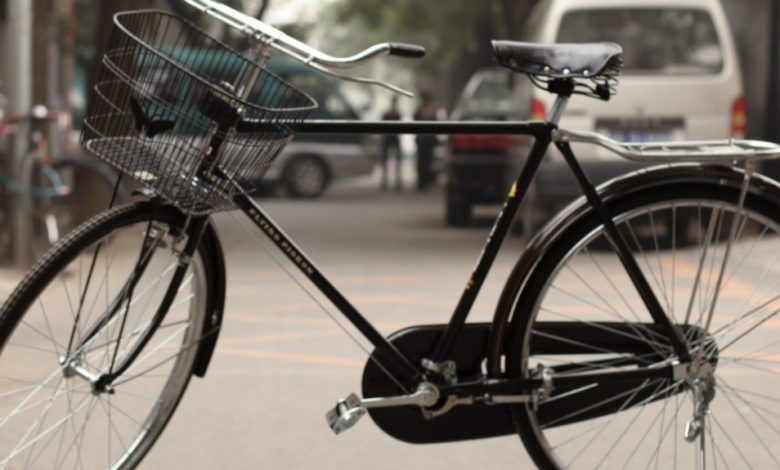Further innovations

Further innovations increased comfort and ushered in a second bicycle craze, the 1890s Golden Age of Bicycles. In 1888, Scotsman John Boyd Dunlop introduced the first practical pneumatic tire, which soon became universal. Willie Hume demonstrated the supremacy of Dunlop’s tyres in 1889, winning the tyre’s first-ever races in Ireland and then England.[32][33] Soon after, the rear freewheel was developed, enabling the rider to coast. This refinement led to the 1890s invention[34] of coaster brakes. Dérailleur gears and hand-operated Bowden cable-pull brakes were also developed during these years, but were only slowly adopted by casual riders.
The Svea Velocipede with vertical pedal arrangement and locking hubs was introduced in 1892 by the Swedish engineers Fredrik Ljungström and Birger Ljungström. It attracted attention at the World Fair and was produced in a few thousand units.
Cyclists’ Touring Club sign on display at the National Museum of Scotland
In the 1870s many cycling clubs flourished. They were popular in a time when there were not cars on the market and the principal mode of transportation was horse-drawn vehicles, such the horse and buggy or the horsecar. Among the earliest clubs was The Bicycle Touring Club, which has operated since 1878. By the turn of the century, cycling clubs flourished on both sides of the Atlantic, and touring and racing became widely popular. The Raleigh Bicycle Company was founded in Nottingham, England in 1888. It became the biggest bicycle manufacturing company in the world, making over two million bikes per year.[35]
Bicycles and horse buggies were the two mainstays of private transportation just prior to the automobile, and the grading of smooth roads in the late 19th century was stimulated by the widespread advertising, production, and use of these devices.[9] More than 1 billion bicycles have been manufactured worldwide as of the early 21st century.[1][2][3] Bicycles are the most common vehicle of any kind in the world, and the most numerous model of any kind of vehicle, whether human-powered or motor vehicle, is the Chinese Flying Pigeon, with numbers exceeding 500 million.[1] The next most numerous vehicle, the Honda Super Cub motorcycle, has more than 100 million units made,[36] while most produced car, the Toyota Corolla, has reached 44 million and counting.[4][5][6
